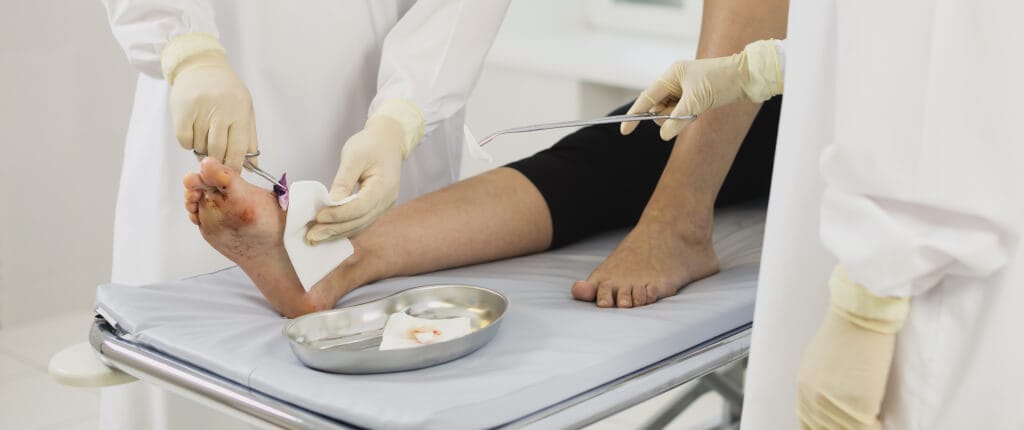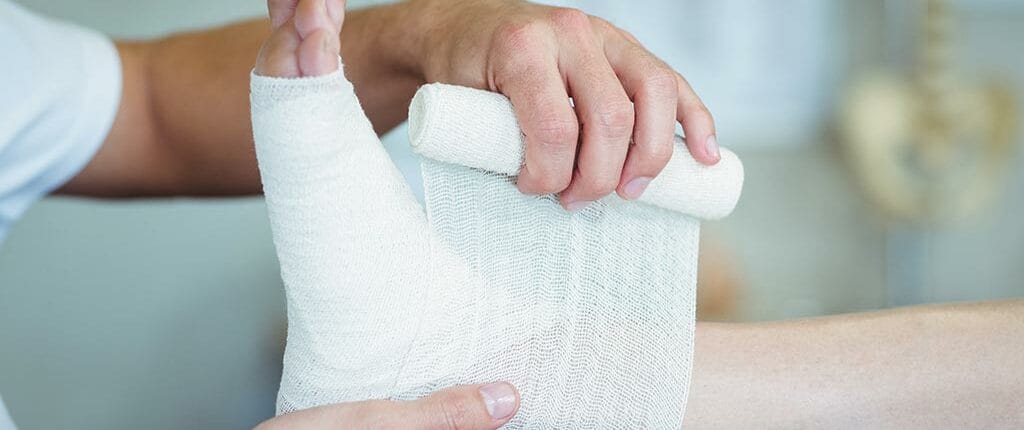What is Debridement?
Debridement, the removal of damaged tissue or foreign material, is widely recognized as one of the most important methods of advanced wound care and necessary in critical wounds for reducing and preventing infection. In effort to enhance the healing ability of healthy tissue, debridement is the process of removing dead, damaged, or contaminated tissue. Surgical debridement involves using a knife or other sharp medical tools, to remove nonviable tissue. You may be sedated during the process so that you do not experience any pain. Doctors will thoroughly examine the incision to identify any nonviable tissue. They can then remove it while preserving vital tissue. Surgical debridement isn’t always necessary depending on the wound. Your doctor might also choose to use hydrogel coverings or a synthetic enzyme for a more non-invasive approach.

Why Choose Us for Debridement?
Benefits of Debridement for Non‑Healing Wounds
Stimulating activity of growth factors
Removal of necrotic tissue and bacteria and senescent cells
Encourages granulation and epithelialization
Reduces Inflammation
Infection control and prevention
Leads to better outcomes
High patient satisfaction
Lower overall wound care supply costs

Keep Informed. Take Care.
30% of untreated chronic wounds result in an amputation. Early Intervention with debridement can help!
Common Indications for Surgical Debridement
Removal of necrotic tissue
Removal of local infection to decrease bacterial burden
Infection Prevention and Control
Stimulation of the wound bed in order to promote healing and to prepare for a skin graft or flap

